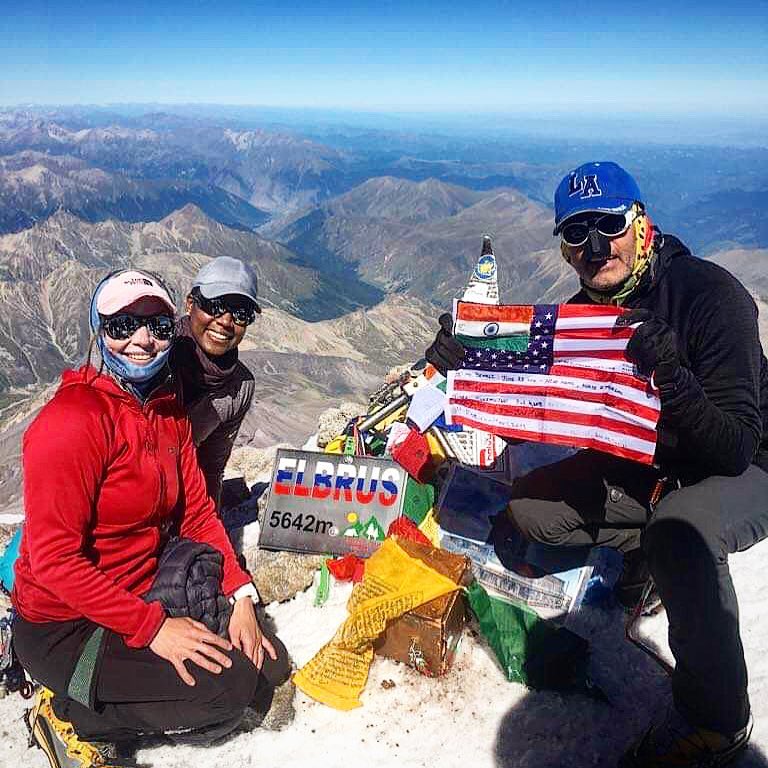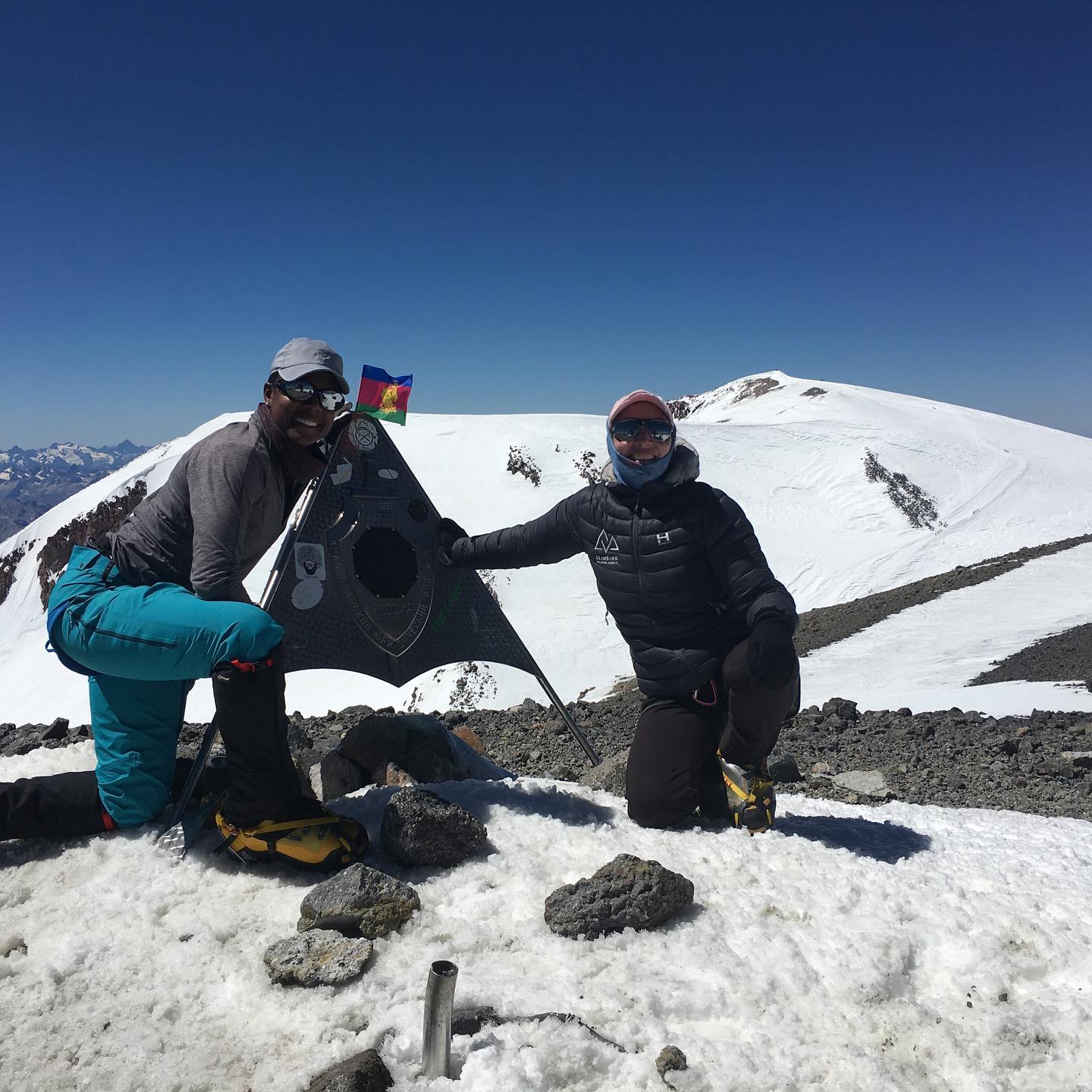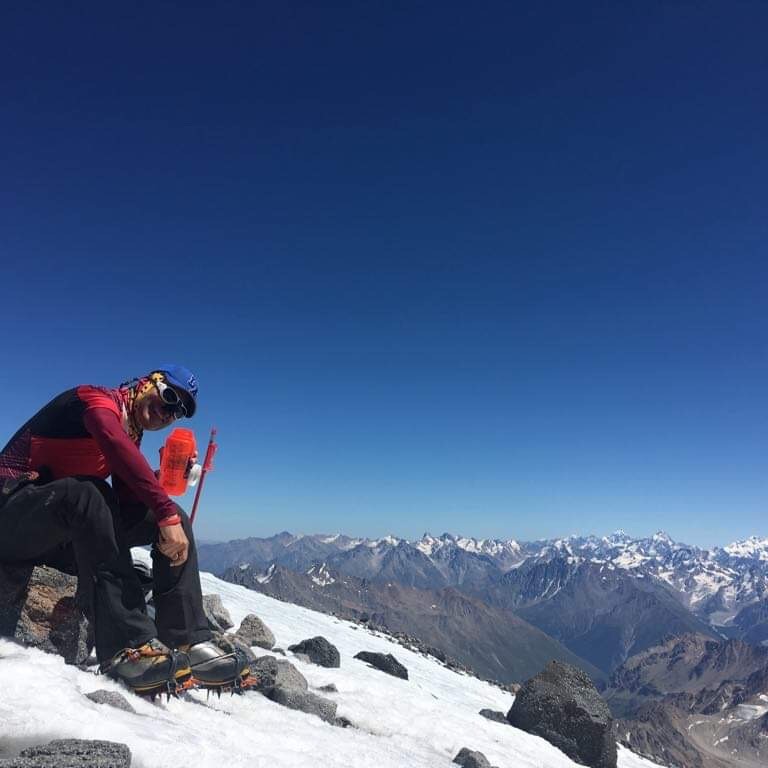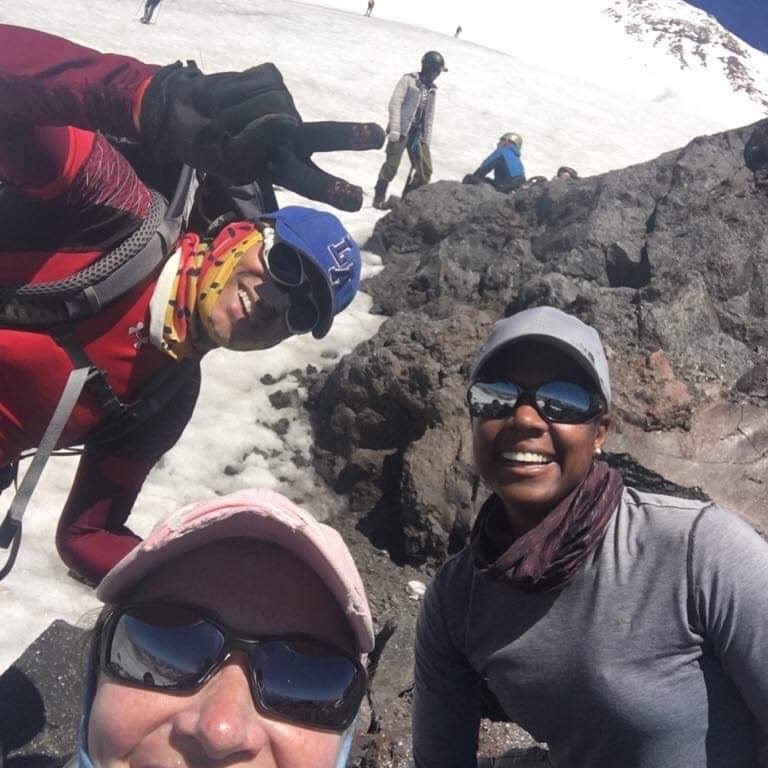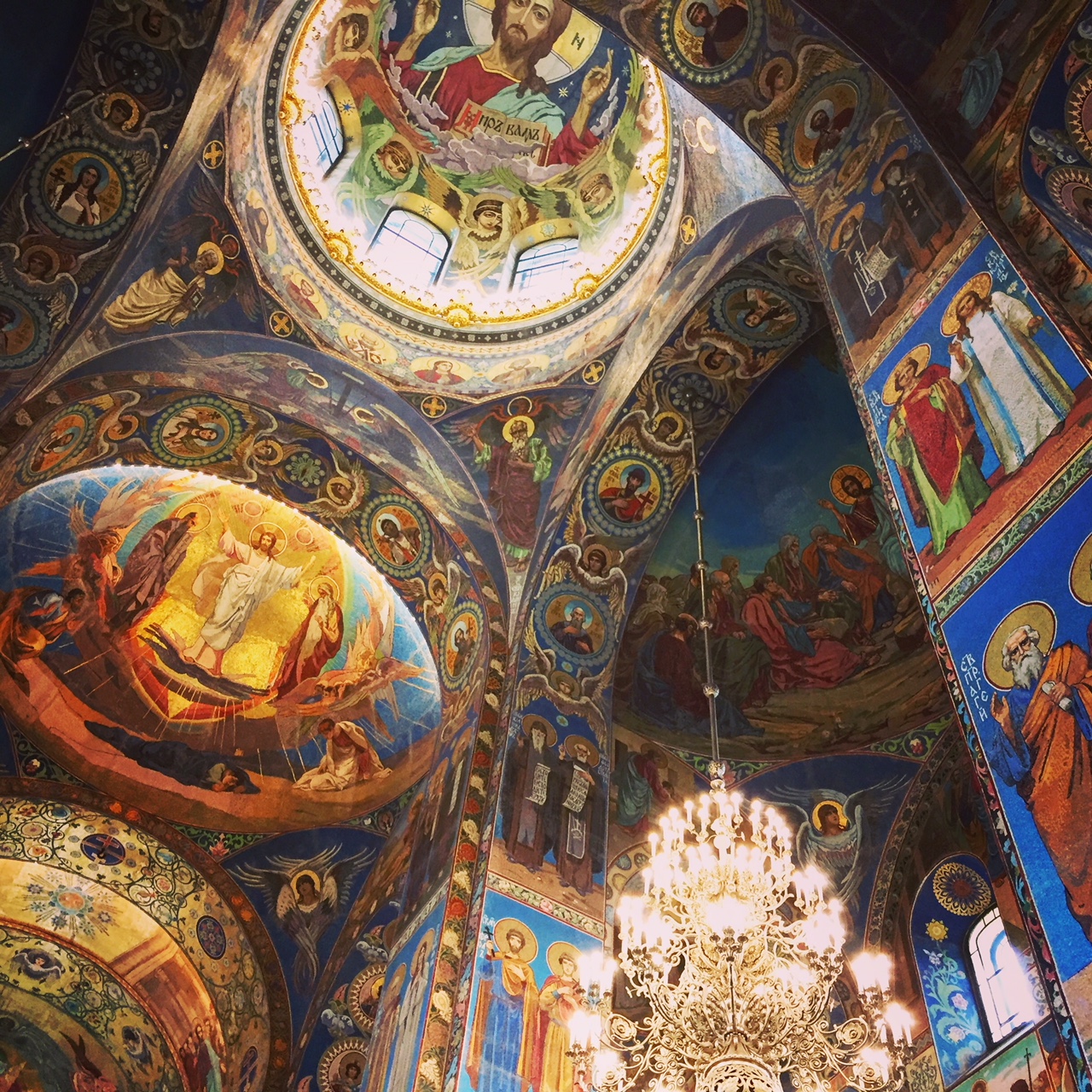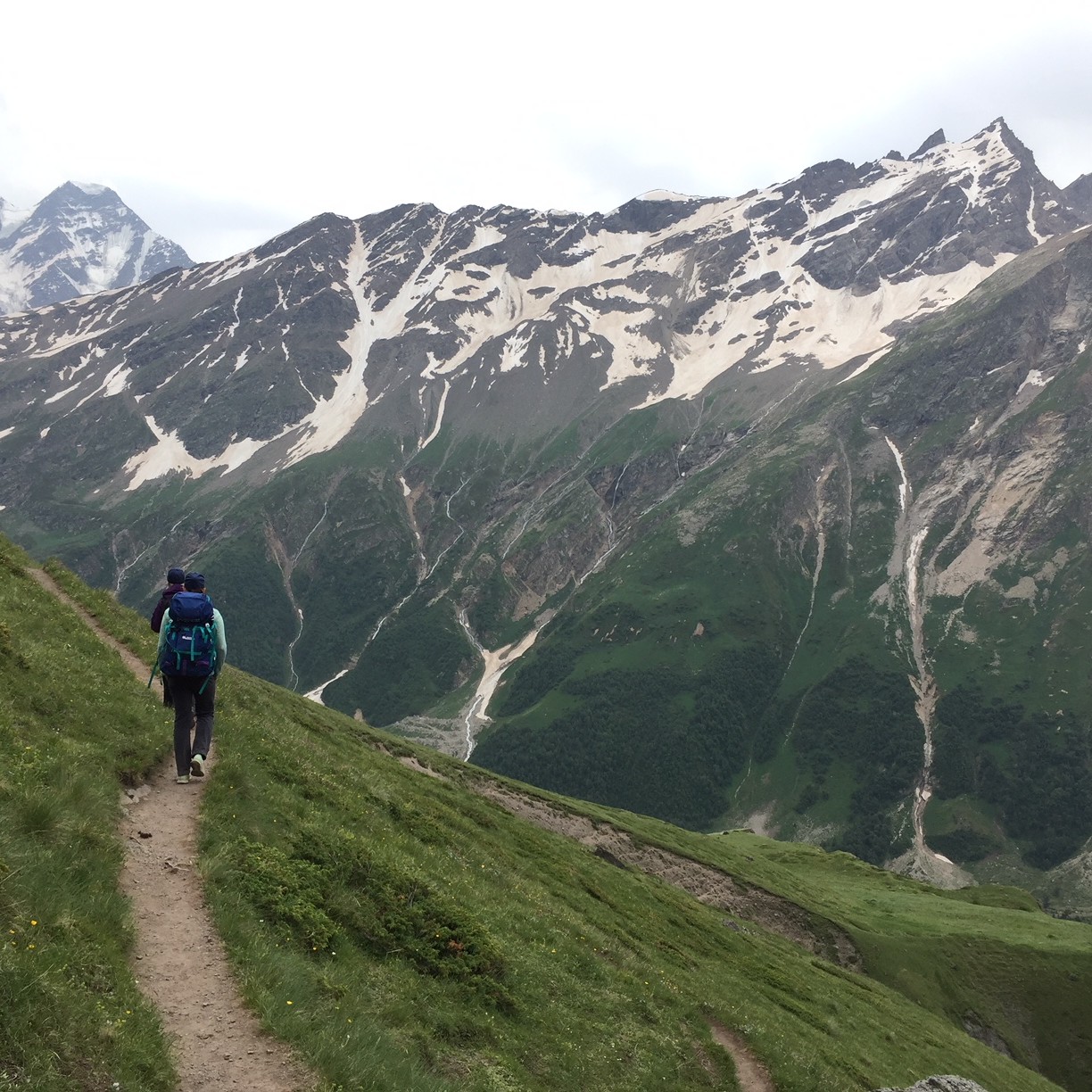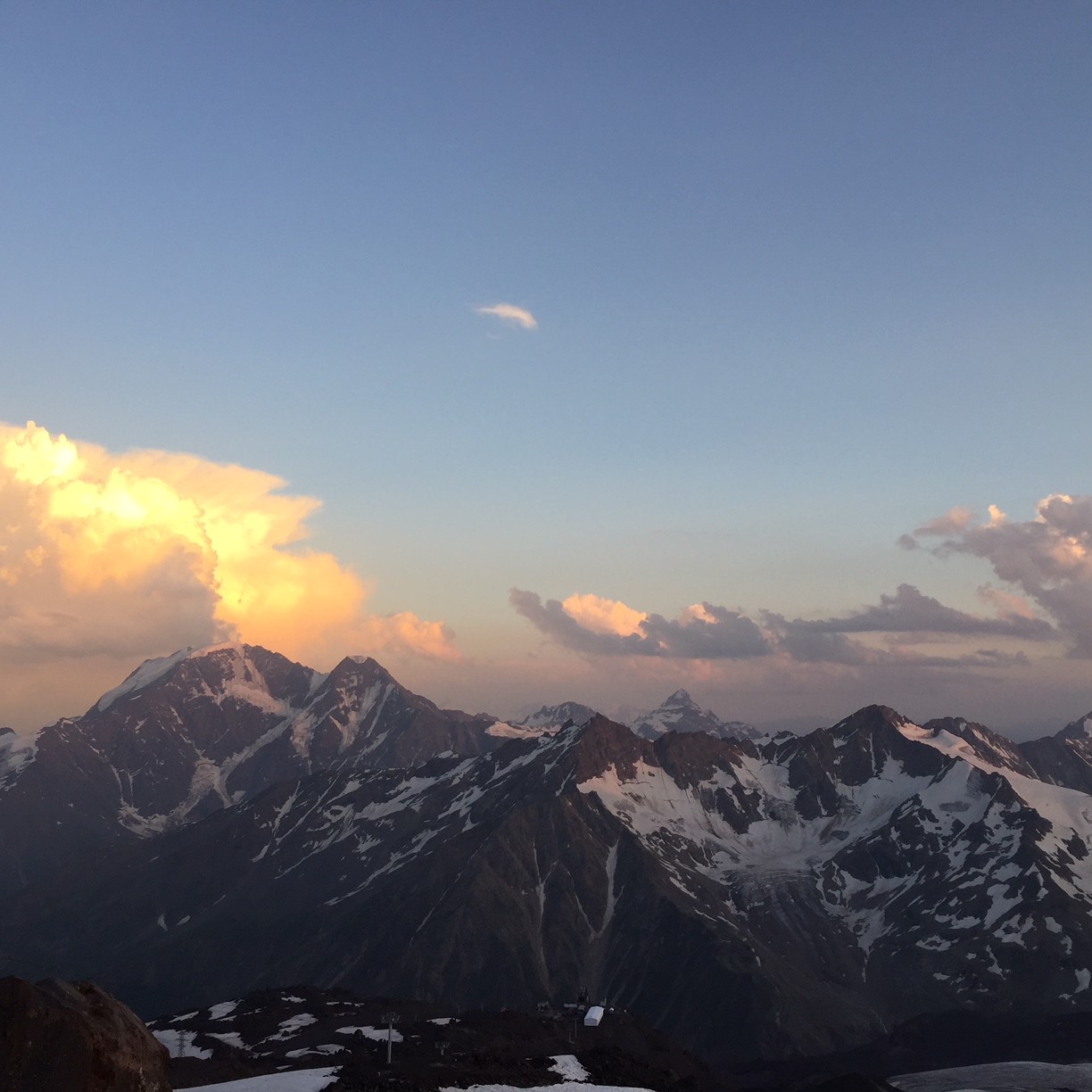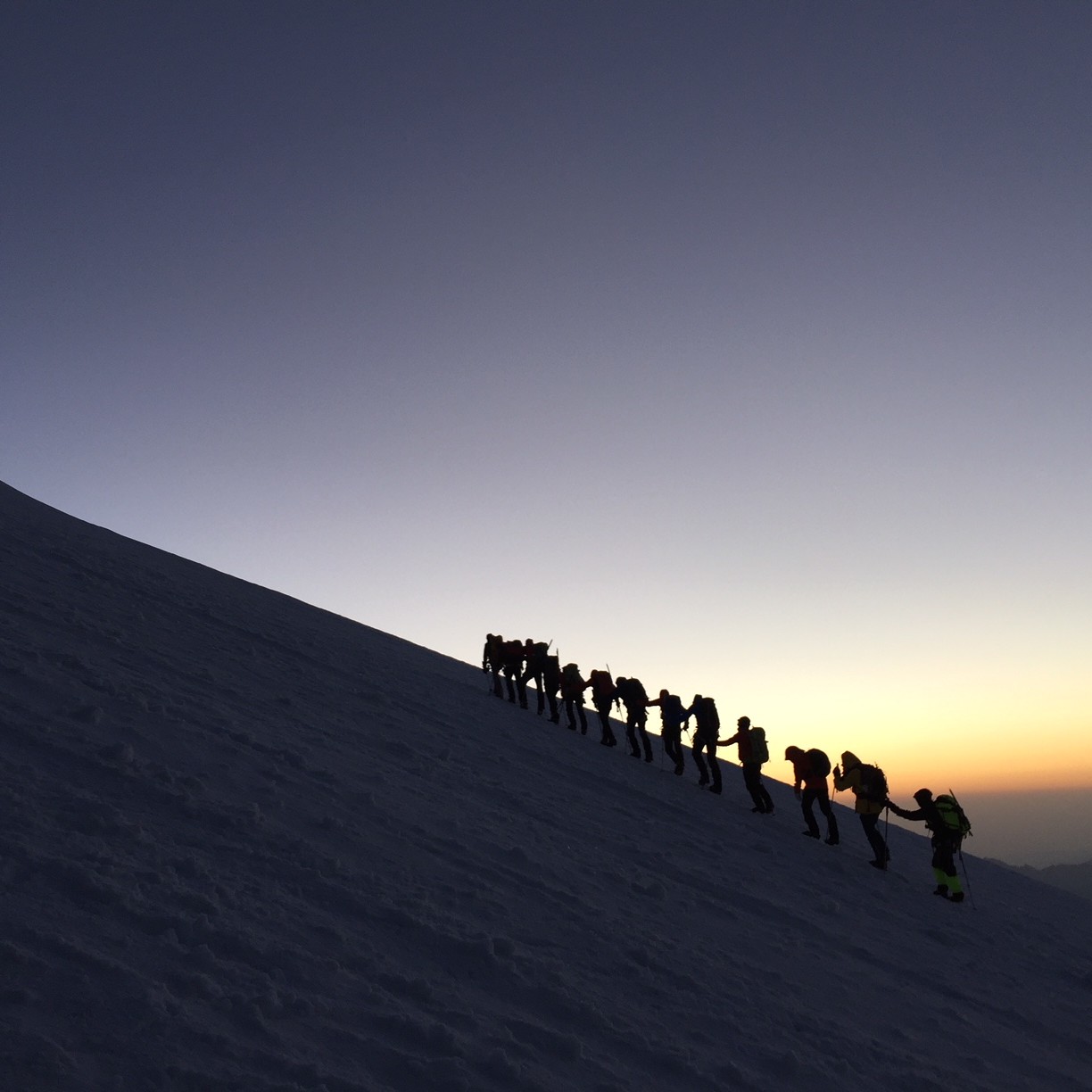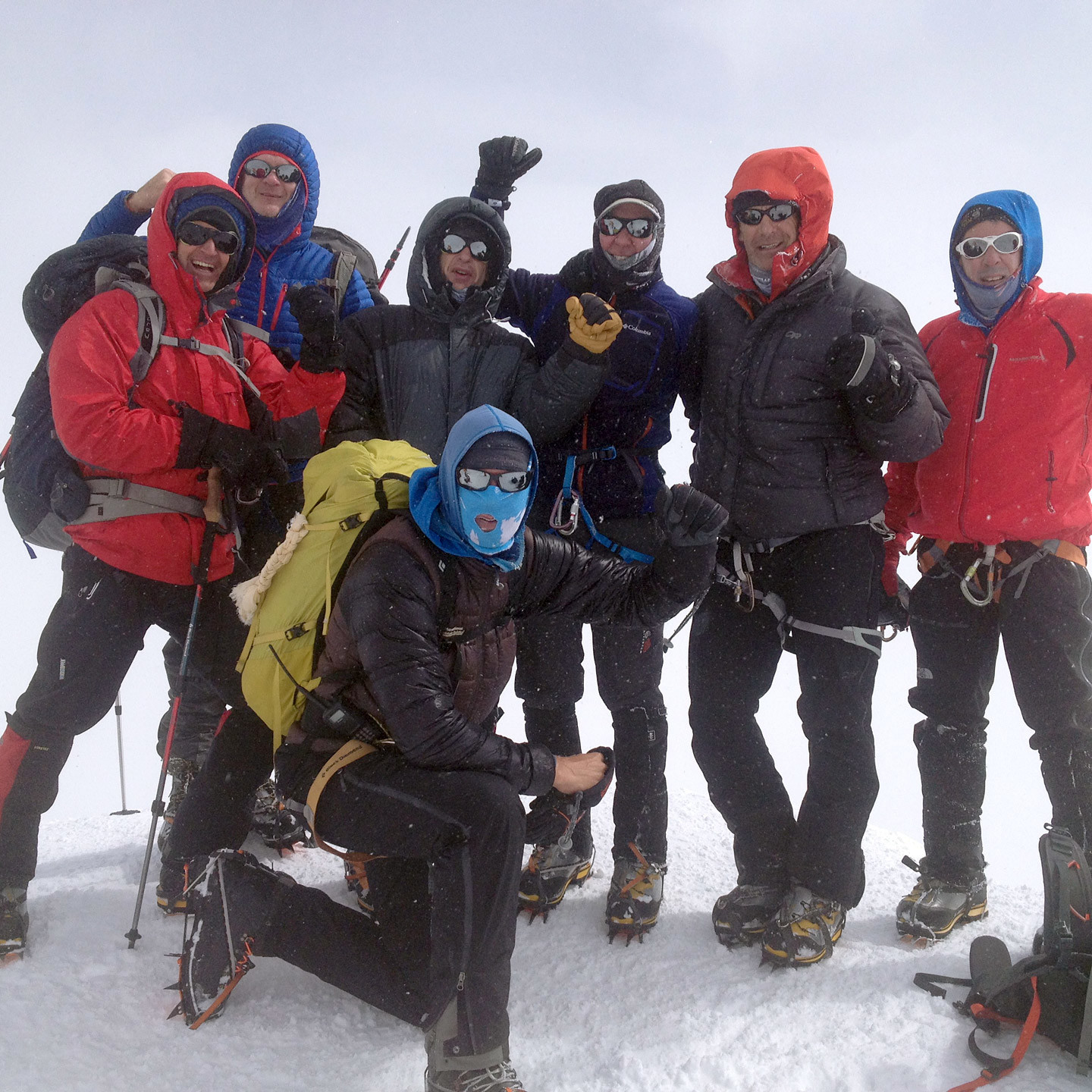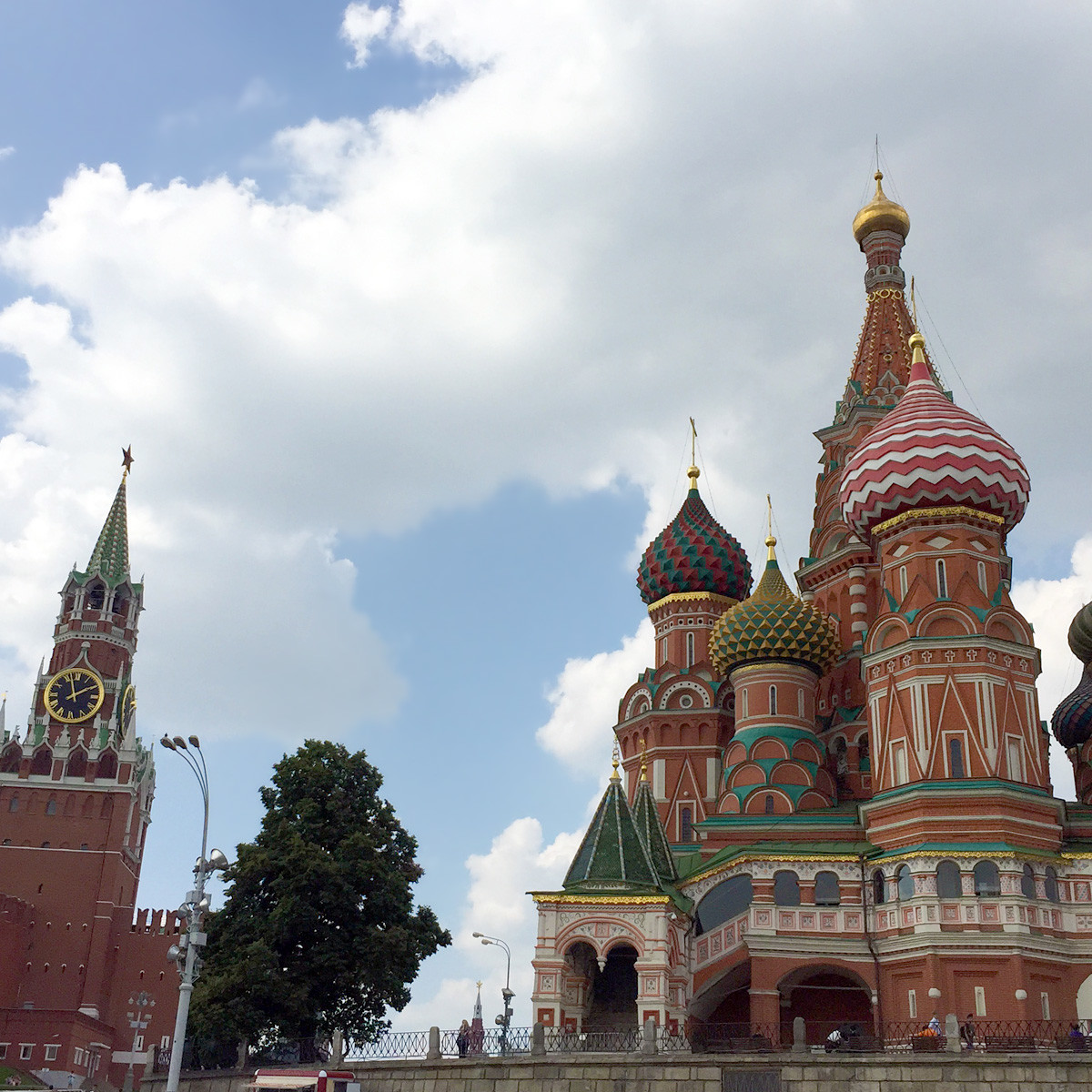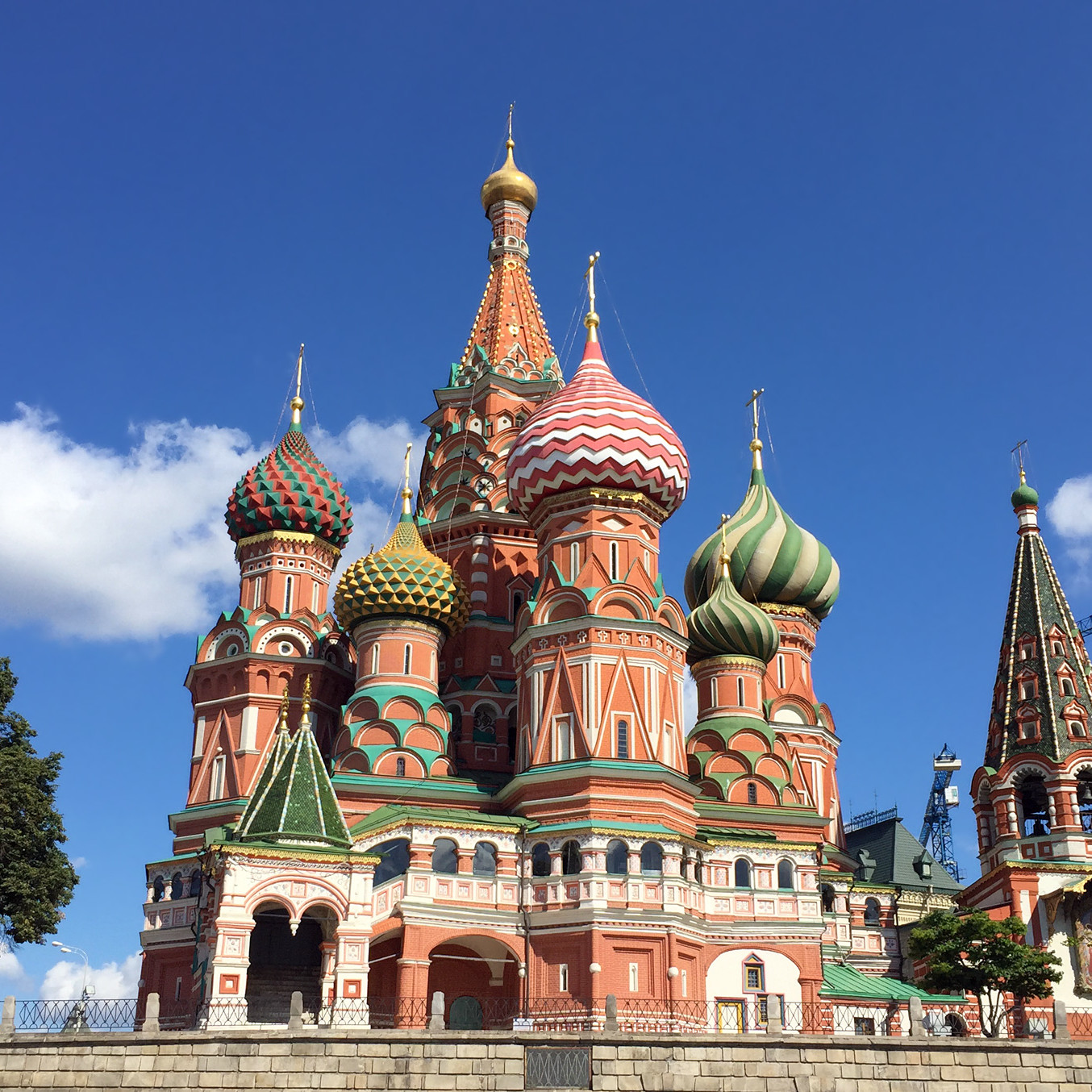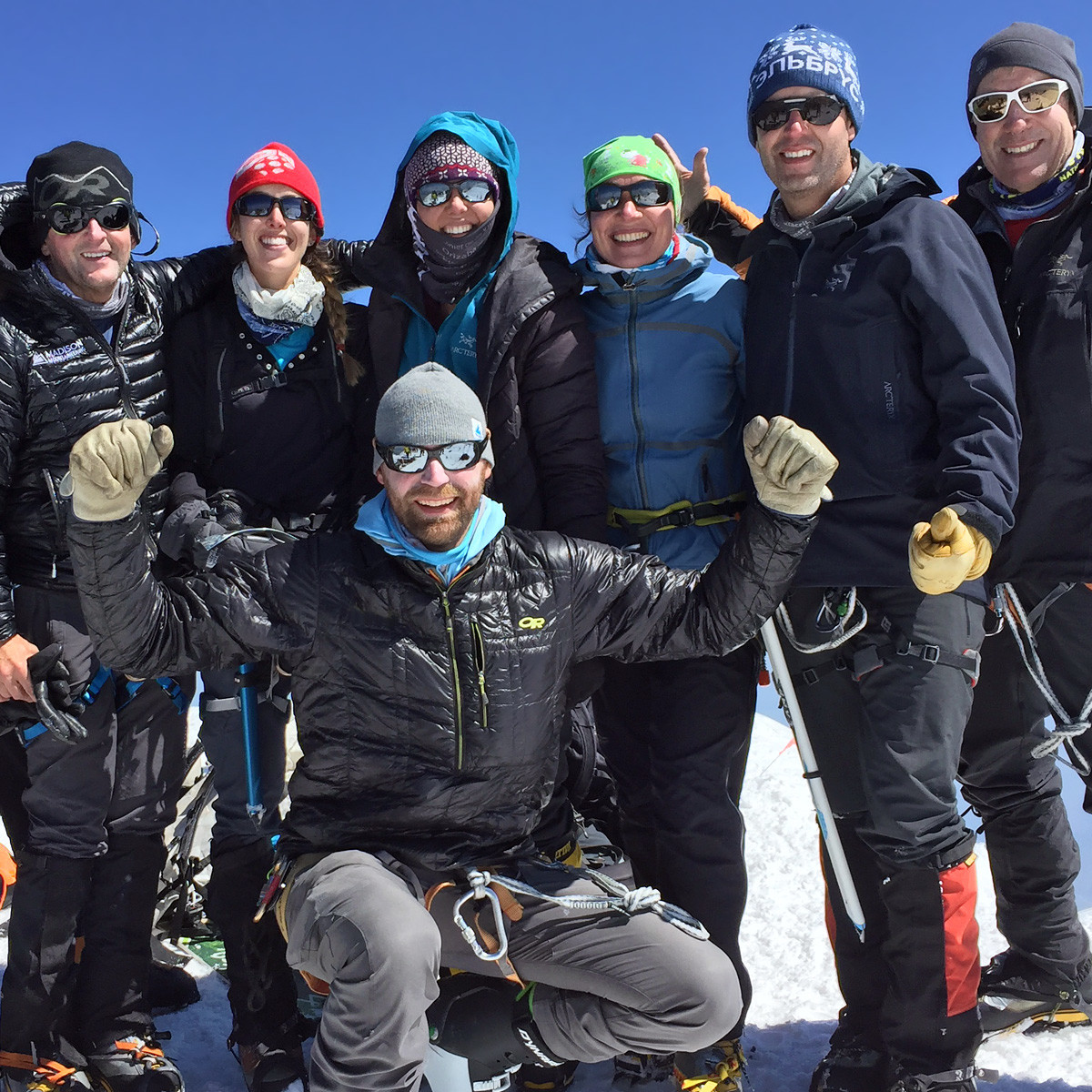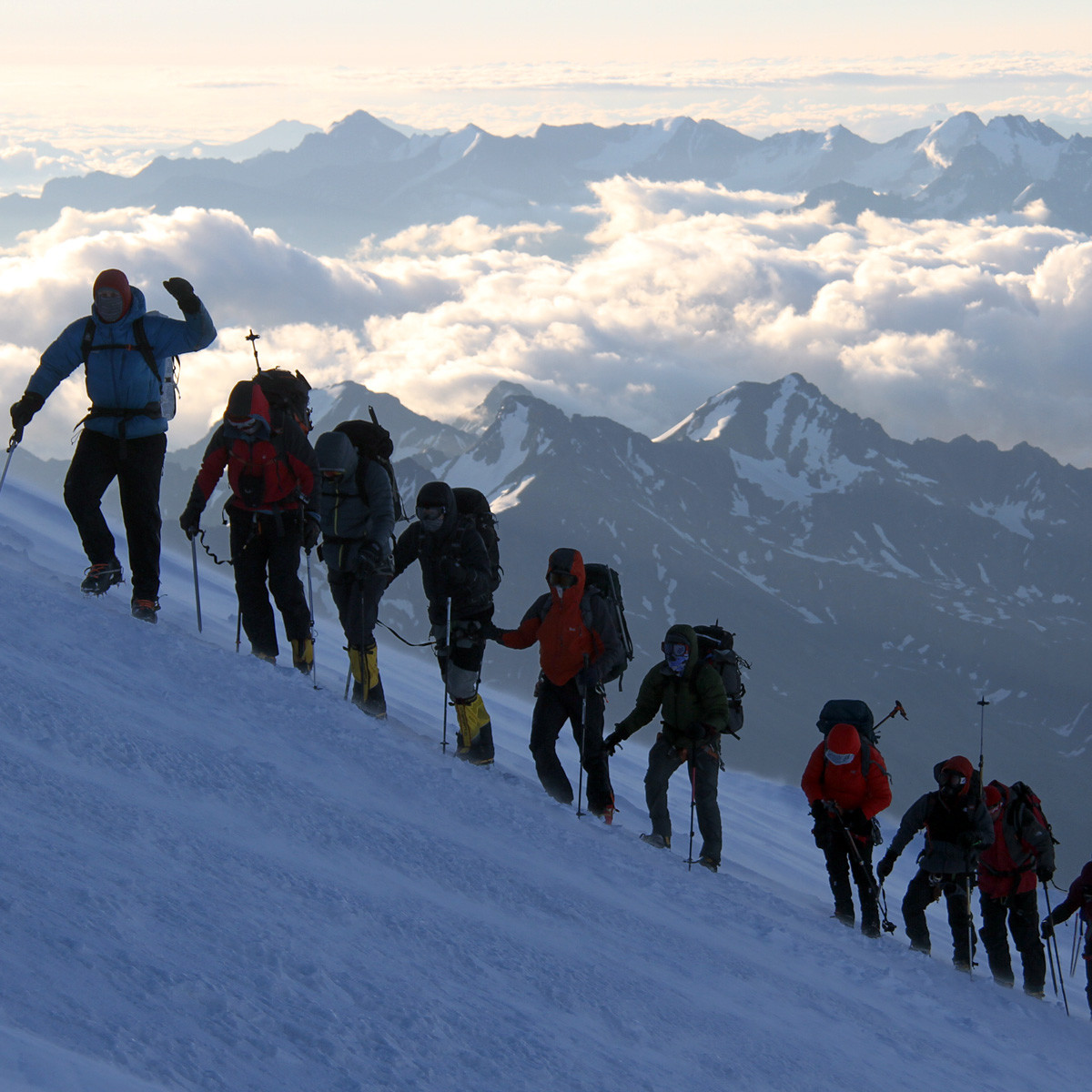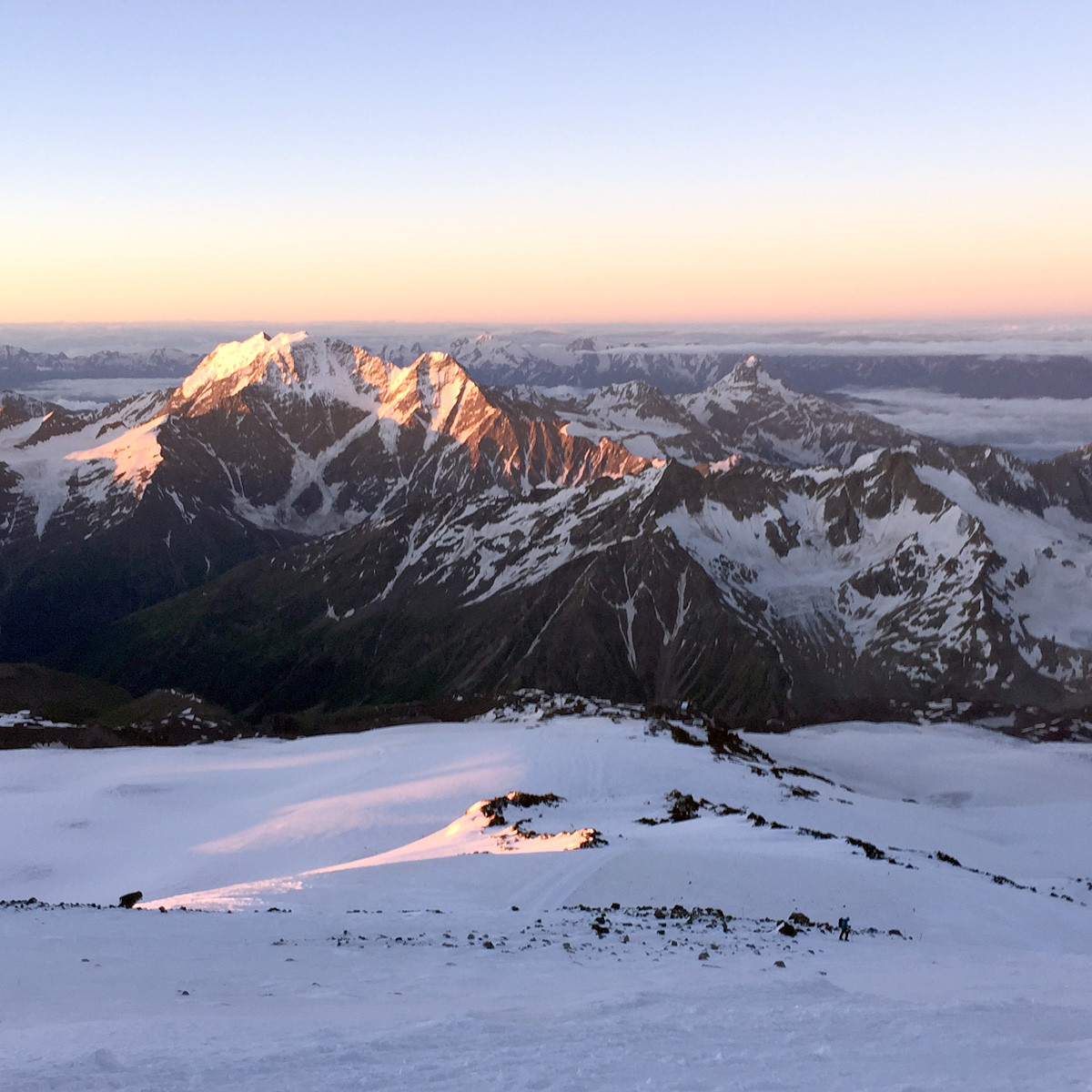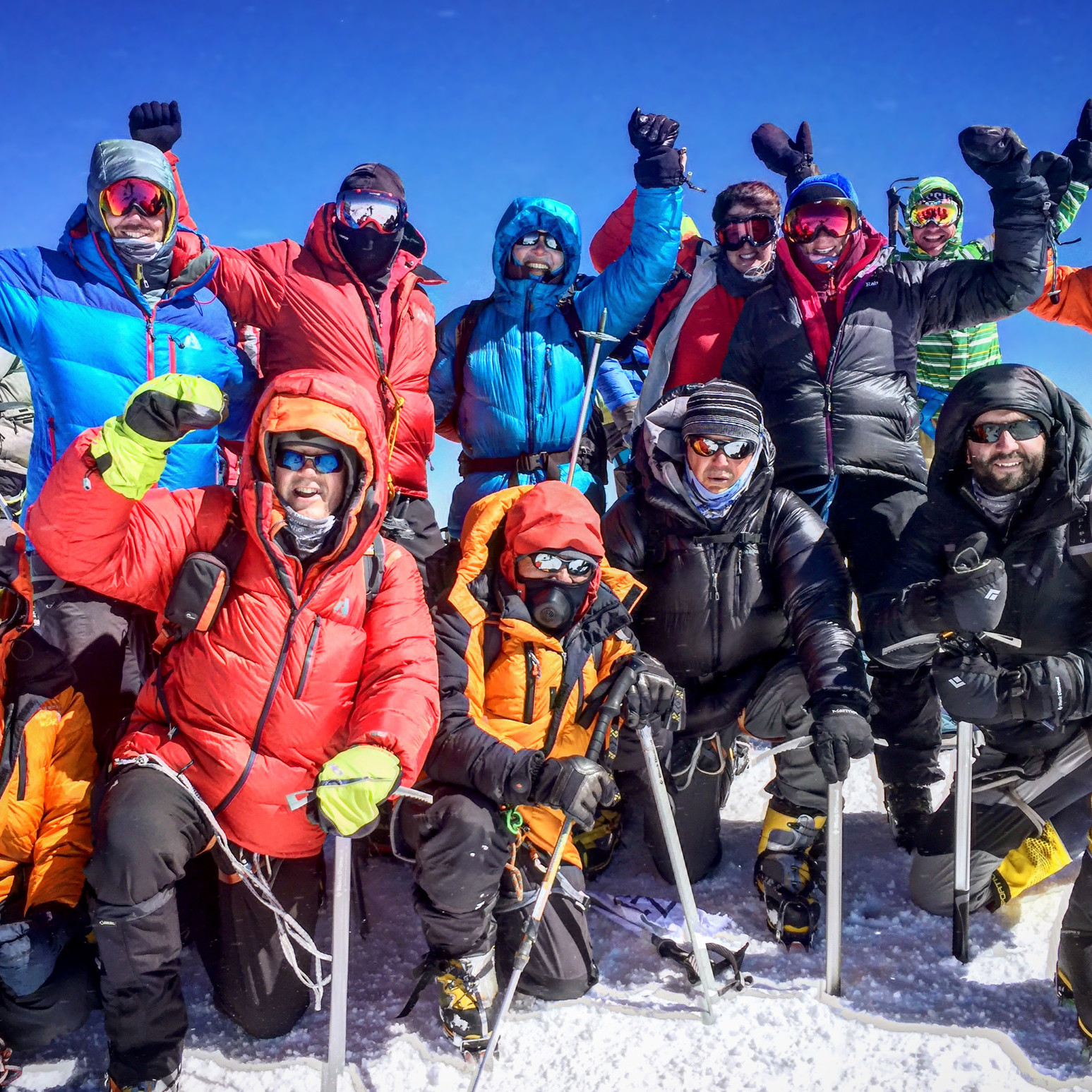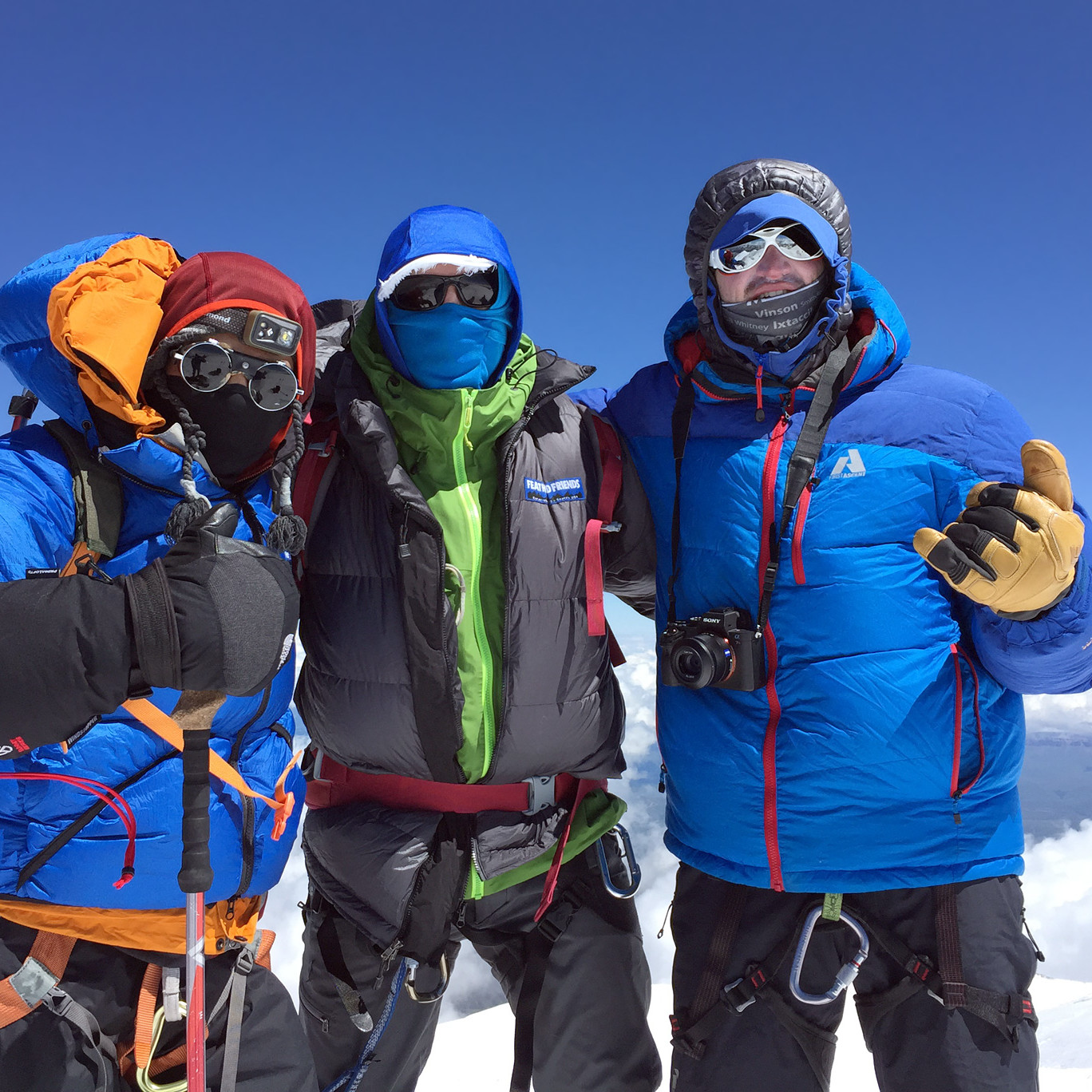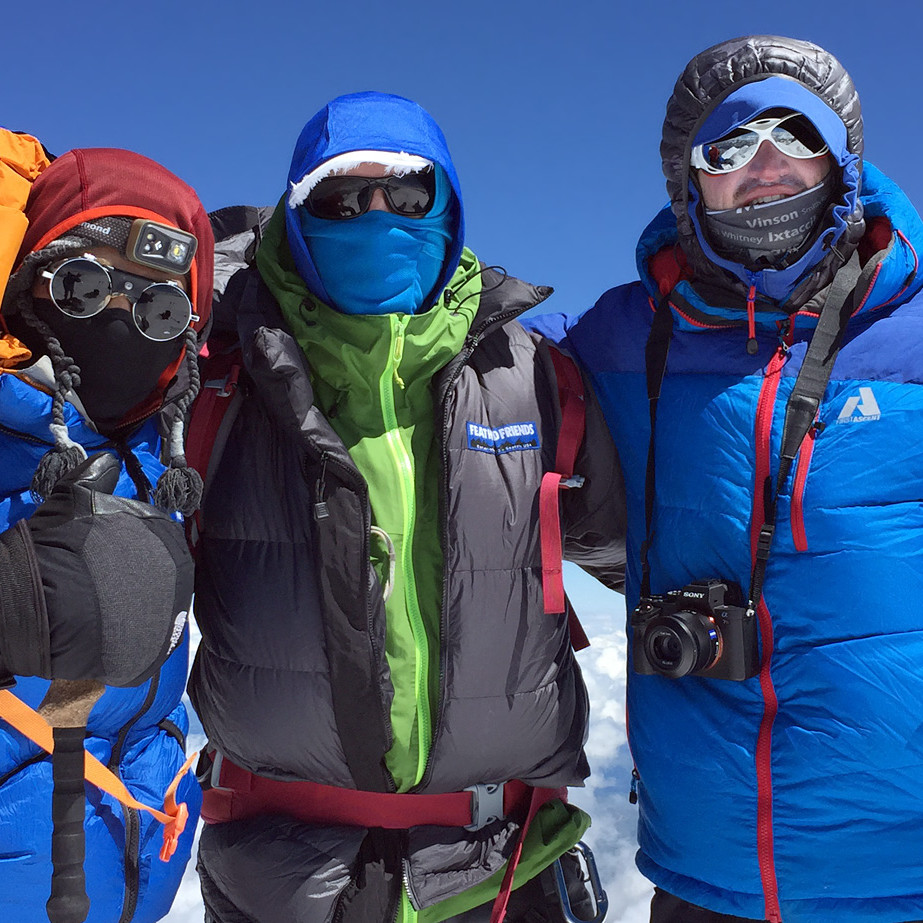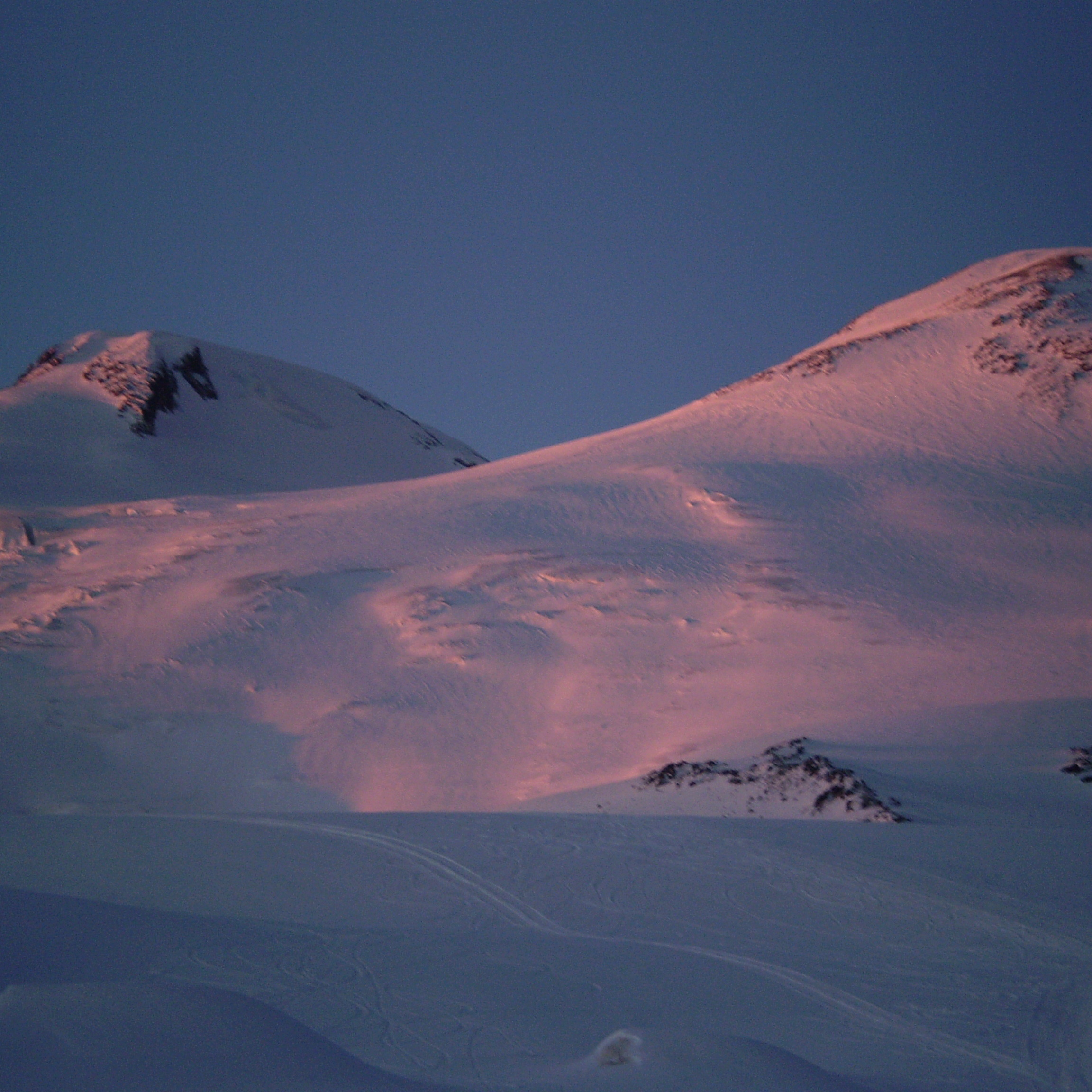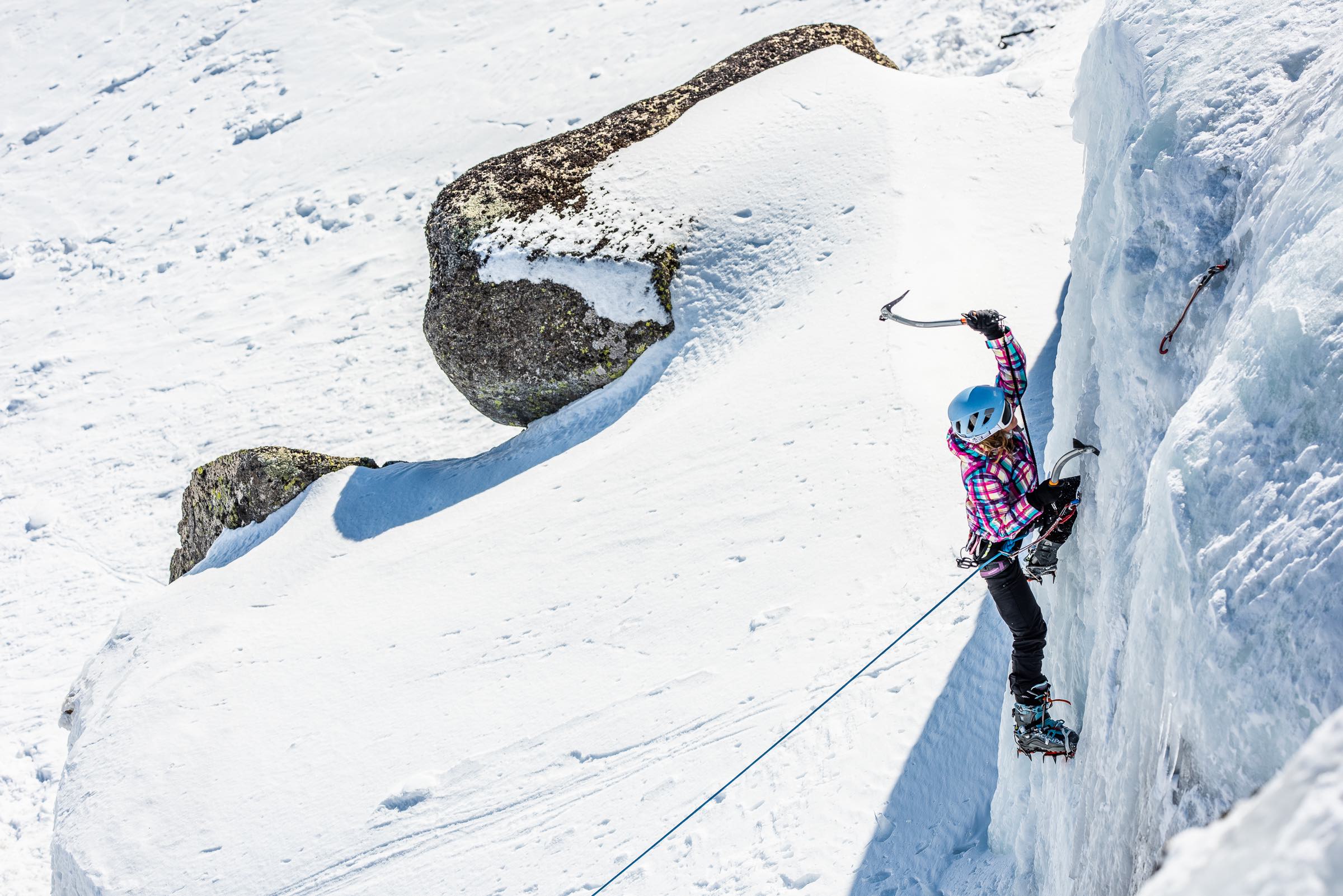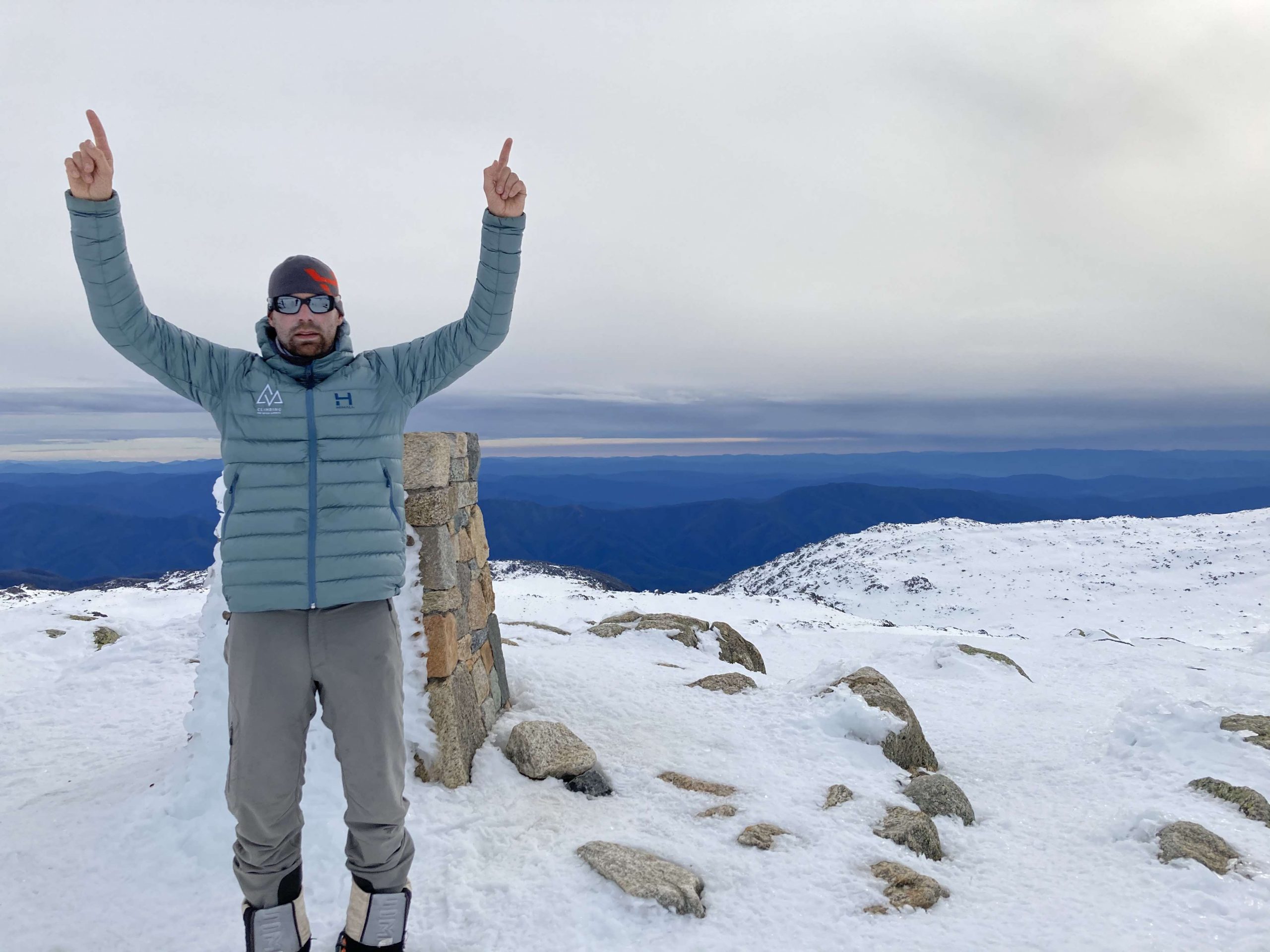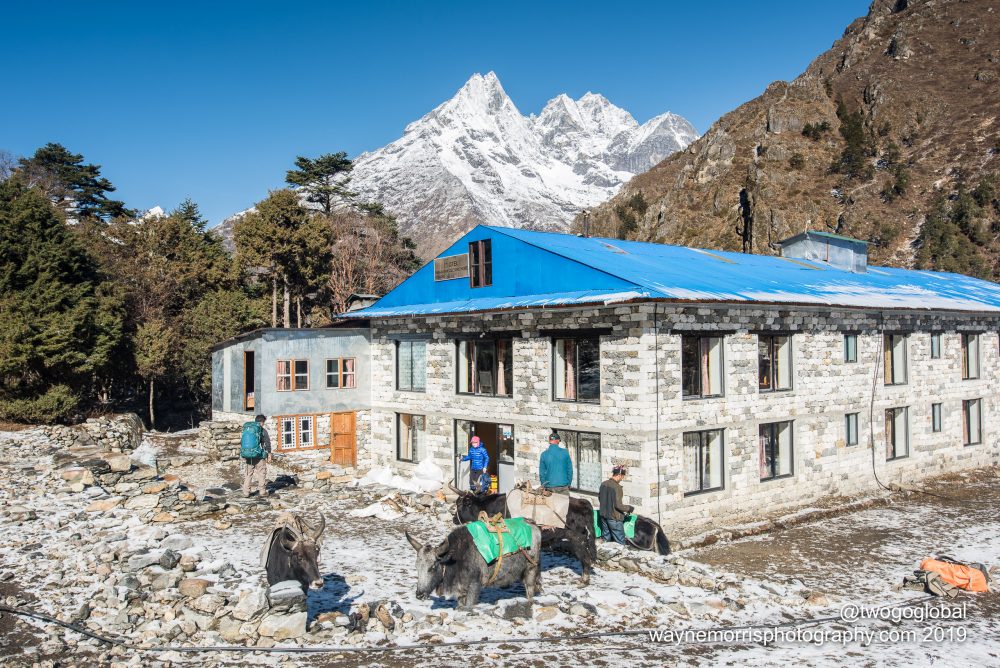Elbrus Expedition Beta & Route
[wp_megamenu menu=”460″]
Elevation: 5,642m or 18,510ft
Duration: 12 Days
Continent: Russia
Route: Southside Route
Difficulty: Beginner
Special Considerations: Russian tourist visas need to be secured in advance and can take time for you to organise so it is important to commit to Elbrus as early as possible.
Route Choice
We have chosen the Southern climbing route to give you the best chance of summiting Mt. Elbrus. This is known as the “trade route” on the mountain and rightfully so. It offers the least technical climbing and a minimum of crevasse hazards en route to the top.
All of our expeditions incorporate a slow acclimatization schedule giving you the best chance of summiting without experiencing altitude illness, and are organized by world renowned guide and expeditions leader, Mike Hamill. More than 150 climbers have stood atop Mt. Elbrus under Mike’s direct guidance.
Every expedition originates in St. Petersburg where we explore this colorful city before flying to Mineralnye Vody in the Elbrus region.
Once in the Elbrus region we will spend several days acclimatizing based out of our mountain Chalet while enjoying the local cuisine. We then move up to our mountain hut and make a summit bid after a few days of acclimatization. If we summit on time we will use our contingency days to relax back down in the valley, exploring, horse riding, and enjoying Russian Banya before flying to Moscow.
Here in the largest city in Russia, we will tour Red Square, the Kremlin, see St Basil’s Cathedral and visit various other sights of historic importance. We then transfer to the airport to start our journey home. You are welcome to extend your trip should you wish.
Climbing Mt. Elbrus requires solid fitness, an ability to perform well at altitude, the mindset to be away from home for several weeks, and a desire for rugged adventure travel. The Caucasus region of Russia is still a remote and rugged place off the beaten path an is true adventure travel. When away from the major cities don’t expect lattes and blazing fast internet. We will be traveling on glaciated terrain with crampons, harnesses and ice axes and clipping in to fixed ropes. Not to worry if you haven’t done these skills before as we will lead you through a complete snow and climbing school as one of our acclimatization days prior to the summit bid.

Elbrus
ELBRUS | Russia
Price Range:
$5,395 USD
Elevation:
5,642m / 18,510ft
Duration:
12 Days
Difficulty:
Beginner
Route:
Southside Route
Share Expedition
Mount Elbrus in Russia is one of the most approachable climbs of the Seven Summits and an ideal starting point for anyone wishing to become familiar with high altitude climbing and learn or solidify technical mountaineering skills like cramponing, self arrest and fixed line climbing.
The highest mountain in Europe, it is an extinct volcano which last erupted in 50AD. Today its crater is glaciated and filled with snow and ice which offers a fantastic, yet highly achievable summit. It sits deep in the Caucasus range, which stretches 700 miles in length. The range includes the fourteen highest mountains in Europe with Elbrus tucked deep in the South Western corner of Russia, close to the Georgia border.
Highlights:
- Stand on the roof of Europe!
- Combine iconic climbing with culture and the best sightseeing in Russia; explore Red Square, The Kremlin, see St. Basil’s Cathedral & the Church of Spilled Blood to name a few!
- Experience the grandeur of the undiscovered and uncrowded Caucasus Mountain Range.
- Unwind and celebrate with a traditional Russian “Banya” (sauna) following your climb
Nothing found.
Choosing the Right Option
Our Elbrus Expeditions are run annually late June through August to take advantage of the best weather and most favourable summit conditions. It is a great climb and can be adapted to suit your style and timeframe.
Choose from our crowd favourite Elbrus Classic Climb which offers the best of both worlds (climbing & culture) to a Ski Descent add on, an Express Trip (which cuts out the sightseeing in St. Petes & Moscow) or even a Speed Ascent if you are really in a hurry.
Nothing found.
Nothing found.
What about tipping in Russia?
Tips for good service (of approximately 10%) are generally expected in tourist regions.
Tips for your guides, (on the mountain and for the city tours) are customary but optional.
What about accommodation? Will I have my own room?
All hotels in Russia are double occupancy. Often these hotels are full during the busy climbing season so we will need to know in advance if you would like to book single supplements. On the mountain you will be impressed with the hut facilities but like all mountain huts around the world, they are dormitory style so bring some ear plugs and an eye mask if you are easily disturbed. The hut will however be private to our team.
Will there be blog updates?
Yes – we will be posting regular updates to the Climbing the Seven Summits Blog here: https://climbingthesevensummits.com/blog/ We will try to update as often as possible and keep them interesting. Make sure your family knows that no news is good news. If a few days pass between updates it doesn’t mean that anything is wrong, simply that we might be busy climbing.
What immunizations do I need?
Please consult your doctor to ascertain what immunizations they recommend prior to commencing the expedition. Make sure your immunizations are up to date.
Currently, there are no mandatory immunizations for travel in Russia. Check with your local travel clinic or the Centers for Disease Control (CDC) for updated information.
Hepatitis A and Tetanus vaccines are a good idea for travel to any international destination, including Russia. Many people get these when they are young, but check your immunization records to make sure you’re up to date, and leave plenty of time to get this done before your departure date.
Is there cell service?
There is cell service throughout our trip in Russia but roaming charges can be expensive so please consult your carrier to determine data/calling rates prior to departure.
It is very difficult to buy a local SIM card in the Elbrus region so you are best to pick one up in St.Petersburg upon arrival. There is limited reception on the mountain itself and it is restricted to a single local carrier so it’s best to set expectations early with family, friends and work that you will be out of touch for a few days and to refer to the blog for updates on your climb. Upon returning to the valley you will once again be in range and have the opportunity to access wifi.
If you plan to bring a Satellite phone/device you are required to register it with the Russian authorities which costs money and is considerable added paperword. Should you choose not to register it, this is at your own risk of having it found and taken. If you don’t register it you won’t want to use it around authorities for risk of having it seen and taken away.
What’s the deal with food and water?
All the water in the hotels is filtered and we’ve never had a problem with water in the cities and we boil all drinking water on the mountain thoroughly so that it safe to consume. You are welcome to bring steri pen or water sanitation tablets if you prefer. Tea, coffee, and water will be made available at meals.
Russia isn’t known for it’s cuisine but I enjoy it. The food is often heavy and rich but fresh and generally healthier than processed American foods. There aren’t many great snacks in Russia and particularly in the Elbrus region there is limited selection, so please bring a selection of snacks (2kgs | 5lbs) that you enjoy from home and know will tempt you at altitude when you may find your appetite is suppressed.
What is the acclimatization schedule like?
It’s important to understand that everybody acclimates differently. As such our entire expedition is slow in order to allow our bodies ample time to acclimate.
We will be gaining altitude quickly and this slow process will allow us to acclimate properly and avoid altitude sickness. There will be plenty of down time because of this. Bring a book or two and please be patient. This slow process will allow you a much better chance at success on the climb. Make sure to communicate with your guides if you are experiencing any altitude issues. We recommend you consult your doctor about the use of altitude medication like Diamox. While the schedule allows for natural acclimatization, many of our clients have great success with this and like to have the option. If you do chose to use Diamox or any other medications, please let your Guide know as soon as possible.
What is Summit Day like?
Mt. Elbrus summit day is quite long and arduous although not technical. It’s nearly 5,000 vertical feet and often takes 10 to 13 hours round trip.
We highly recommend the use of a snowcat to shorten the very lengthy summit day! (During acclimatization rotations, you will have climbed to the high point the snow cat will drop you off at in any case) Please bring $200 usd – $300 usd if you think you might use the snow cat. Even if you don’t think you will, many people change their minds once on the mountain. There are some fixed lines on the route and moderate cramponing with fall potential so experience with cramponing technique is highly recommended however we will do a snow school where we will teach, or refresh these skills for you prior to the climb.
What about the domestic flights and why aren’t they included?
The internal Russian flights between St. Petersburg, the Elbrus region and Moscow are your responsibility however we understand that they can be complicated to book.
We require the team to be on the same domestic flights (in order to organize your ground transportation and itinerary smoothly) so we recommend you seek the guidance of our travel agent to ensure you are on the correct one. They can also often access better pricing than we can. Of course, you are free to book your own internal flights directly with the local carriers but we ask that you consult with us to obtain the team’s flight details and double check them. When booking the domestic flights it is worth investigating their baggage allowance and selecting to prebook luggage if possible. Excess can be more expensive at the airport. We recommend you bring cash to settle up any excess baggage fees. We do not include this expense in our prices because of airline price fluctuations which would prevent us from keeping our trip prices stable or consistent for you.
What money do I need to bring?
It is better to have more money than you need than not enough. Some small and some large bills are good. Carry money in travel wallet discreetly.
You can change and withdraw money upon arrival (Guides can assist you with the best place to do this) and there are plenty of ATMs in St Petersburg & Moscow. In the Elbrus region, there is only one ATM that can be unreliable so it’s best to have cash for that part of the itinerary. On the mountain the use of a snow cat is optional but highly recommended. This shortens summit day, makes the climb much more enjoyable, and improves your summit chances. Please bring USD $200 – $300 for this option even if you don’t think you will use the snow cat – as many people change their mind once on the mountain so it’s best to be prepared.
You may also want to bring some extra money for misc. items like trinkets or gifts that you might want to buy, staff tips (customary, but optional) and a credit card for emergencies.
Do I need trip insurance?
Trip insurance is required for this program and needs to cover medical expenses, repatriation, evacuation for the entire length of the expedition.
Trip cancellation insurance is strongly recommended for your own benefit should something arise or you were to injure yourself before the departure date. Unforseen hiccups are part of adventure travel and every effort should be taken to account for them in advance. Trip cancellations, interruptions, medical emergencies and evacuations can be vey expensive. Please forward a copy of this for our record so that we can help you in the event that it needs to be used.
What is a Russian Banya and do I have to partake?
A Russian Banya is a traditional Russian spa experience that includes a hot sauna, a cold plunge pool/shower and an eating area. These can be a great way for the body to recover after the climb and we typically schedule one as a celebration when we get off the mountain if our itinerary allows so we recommend bringing your swimsuit.
It is a great authentic experience, but not compulsory and you do not have to join in this activity.
Is there power or wifi on the mountain?
Yes there is power at the mountain huts with the ability to charge devices however it is in short supply and can sometimes be unreliable, so it’s worth charging your devices thoroughly before you leave for the mountain in town and packing an additional battery pack. There is no wifi on the mountain and limited cell service however you will have better connectivity in town.
Are their lights in the mountain huts?
Yes, there are overhead lights in the mountain huts, however power can be unreliable so please bring extra batteries for your headlamp.
Didn't find an answer to your question? Don't hesitate to ask us.
I cannot even put into words how incredible that trip was for me – you truly run everything top notch and it shows in every single part of the trip. Your patience in teaching/coaching in a way that I didn’t feel intimidated by was amazing and so so appreciated. I am in awe of this whole experienceJulie M, USA
As expected you run a first class show from start to finish… I look forward to the next adventure.Len F, USA
An incredible experience from start to finish. I can’t say enough what a difference it makes to have a great guide who cares so much about the whole experience and a great time to make the journey so special. I hope this is the first of many climbs with CTSS for me.Kevin A, USA
At CTSS, we believe your expedition starts long before you reach the mountain.
That’s why we provide every climber with holistic, personalized pre-expedition support, no matter the objective.
When you join a CTSS expedition, you become part of the family. You’ll be paired with a dedicated Expedition Manager and backed by our full team of experts, with guidance on everything from personalized strategy and progression planning to gear selection, training, travel logistics, and insider tips to help you get the most out of your climbing journey.
We’re here to make sure you show up prepared, confident, and ready to thrive on the mountain and beyond.
6x Reasons to Choose CTSS
Safety
Your safety and success are our top priorities, in that order. We make conservative decisions, plan redundancies, and all our guides have wilderness medical training, safety and rescue plans, and access to doctors around the clock to help keep you safe.
Value for $
We keep our overheads low to pass savings on to you. We are proud to offer the best service at the most competitive price, without compromising on safety or taking shortcuts in logistics, staffing, or infrastructure.
Holistic Approach
Our service goes far beyond the mountain. Think of us as your climbing coach; we'll be there from start to finish to prepare, debrief, and plan your progression as a mountaineer, whether your goal is a single summit or the Seven Summits.
Guides & Team
Guides can make or break your climb. We hand-pick the most qualified, tenured, tested, and personable guides and Sherpas in the world. Owner and mountaineer Mike Hamill personally oversees the logistics and management of each expedition.
Our Values
We care about you, our people, and the planet. A portion of every expedition goes to the Tiger of the Snows Fund, supporting outdoor tourism workers and their families. We follow strict Leave No Trace principles and live by our No D*ckheads Policy, because who you climb with matters.
Success
We have an unparalleled summit success rate. How? We do it in a myriad of ways; like a great chef's secret sauce, we've fine-tuned the recipe over decades. Most importantly, we believe in you & your ability to achieve your goals, and we are invested in putting you on top.
Ready to Progress?
Consider these expeditions
I cannot even put into words how incredible that trip was for me – you truly run everything top notch and it shows in every single part of the trip. Your patience in teaching/coaching in a way that I didn’t feel intimidated by was amazing and so so appreciated. I am in awe of this whole experience
- Julie M, USA

Testimonials
An incredible experience from start to finish. I can’t say enough what a difference it makes to have a great guide who cares so much about the whole experience and a great time to make the journey so special. I hope this is the first of many climbs with CTSS for me.Kevin A, USA
As expected you run a first class show from start to finish… I look forward to the next adventure.Len F, USA
I cannot even put into words how incredible that trip was for me – you truly run everything top notch and it shows in every single part of the trip. Your patience in teaching/coaching in a way that I didn’t feel intimidated by was amazing and so so appreciated. I am in awe of this whole experienceJulie M, USA
Elbrus Inquiry Form
Everest Travel Guide
Expedition Meets in: Kathmandu, Nepal
Continent: Asia
Currency: Nepalese Rupee
Population: 28million
Official Language: Nepali
Seasons to climb: March to May = Spring | September to December = Fall
Things you Need to Know:
Tourist Visas
The visa policy of Nepal is relatively relaxed and straightforward allowing citizens of almost any country to obtain a visa on arrival at Kathmandu’s Tribhuvan International airport or at any road order. You can also obtain a visa at the Nepal embassy or consulate in your home country.
For most of our expeditions you will want a 30 day (US$50) or 90 day (US$125) visa.
Tourist visa can be extended for a maximum period of 150 days in a single visa year (January – December)
Visa requirements can change at anytime so it is worth checking with your travel agent or closest embassy for the most up to date information.
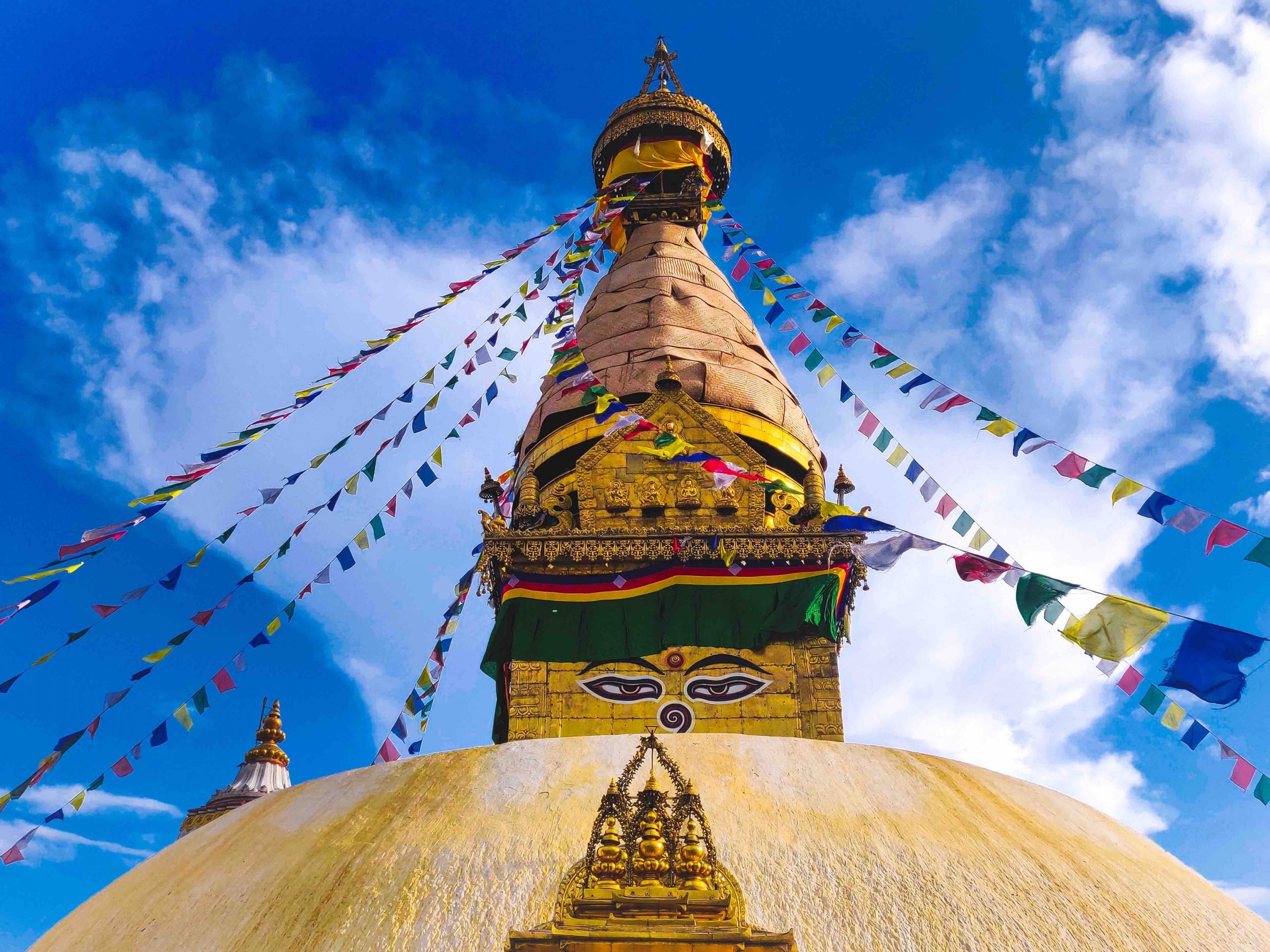
Getting there
You will need to fly into Kathmandu on, or before, the official arrival day of your expedition. A CTSS representative will pick you up at the airport so please advise us well in advance your arrival time and flight number. If you experience a delay travelling let us know immediately.
Domestic Flights
Your domestic flights into the Khumbu (to and from Lukla) are included in your expedition and will be booked by us on your behalf. There can be weather delays into and out of the Khumbu valley due to the mountainous terrain and low lying clouds which is why we recommend booking flexible return airfares home at the end of your expedition.
Money
In Kathmandu there is good access to ATMs and credit card facilities at most shops and restaurants but you should still have adequate Nepalese rupees and carry small denominations. Once you are in the Khumbu access to ATMs is very limited and while they can be found in the bigger hubs like Lukla and Namche, outages can be common so best not to rely exclusively on being able to access cash as you go. Responsibly carry adequate amounts of local currency for your needs and reserves for emergencies. We advise our clients in our team emails as to how much cash they should bring. USD is also selectively accepted.
Tipping
Tipping has become more common in Nepal in recent times due to increased tourism.
It is customary for your guides, porters and Sherpa staff. To make this process easier CTSS will collect and distribute fairly a ‘Sherpa Tip Pool’ and advise you on current amounts. In major tourist areas, hotels and restaurants you will often see a ‘service charge’ of 10% – this usually equals a tip. In smaller, local eateries it’s rare to see this and then it is up to your discretion.
Adapters
Nepal actually uses three plug types – C (two round pins) D (three round pins in a triangular pattern) & M (three round pins) so consider purchasing a reliable universal adapter that gives you all the options. Also it’s VERY important to note that Nepal operates on 230V supply and a supply voltage of 50HZ. If this differs from your home, buy a voltage converter to avoid frying your devices! For instance the standard voltage in the US is 120V and some older devices won’t handle a 230V supply.
Tap Water
The tap water and river water in Nepal is unsafe to drink so please use bottled water, purification tablets, or boiled water for drinking and brushing your teeth. Make sure you drink plenty of water. Your body requires more at altitude.
Personal Safety
Despite perceptions, Nepal is a relatively safe destination for travellers and there is a low rate of serious crime however you should still take sensible precautions.
Watch out for pick-pockets and bag-snatching, particularly in airports, on buses and in popular tourist areas like Thamel, Sanepa and Kupondol in Kathmandu. Avoid walking on your own and don’t carry or flaunt large sums of cash. Keep valuables in a hotel safe if possible. Behave in Nepal as you would at home, err on the conservative side in terms of dress and behaviour. Be respectful and always let your Guide know if you’re going to venture out and what your plan is. In general, we prefer to travel and stick together as a team.
Vaccinations
Consult your doctor or travel clinic in your home country for updated information on immunizations for Nepal and China. The usual recommended vaccinations are Diphtheria-tetanus, polio, measles, mumps and rubella, meningitis, hepatitis A & B, cholera, typhoid & rabies. Malaria shouldn’t be a problem in Kathmandu or on the climb. If you plan to travel to lower-elevation areas before or after the climb you should consider a malaria chemoprophylaxsis.
City Tours & Nepal Extensions
Nepal is one of the world’s most popular destinations. With incredible landscapes and rich culture, once there, it is truly worth seeing as much of the country as you can. We can seamlessly organize a variety of fantastic customised excursions and extensions for you, either prior to or after your expedition.
Contact us for any requests you have, so we can plan them seamlessly for you
Pre-Trip Full Day Kathmandu Cultural Tour
$250 per person
Kathmandu is one of the most exciting, culturally rich cities in the world. Unique and overflowing with sights, smells, sounds, and tastes, it’s both chaotic and charming. It is a city of true contrast that needs to be experienced to be understood. During our Kathmandu Cultural Tour, an English-speaking guide will show you the best history and culture the city has to offer.
Paragliding in Pokhara (Annapurna Region)
Take in the spectacular views of the Himalayas while paragliding over Lake Pokhara. Nepal offers some of the best flying in the world, with low-lying valleys, high, cold mountains, and natural rising thermals that you can share with the hawks! You can fly with world-class pilots in tandem or stay longer and benefit from their wealth of experience, and you can get your international license in Nepal. Spend a few days at the Lake and truly unwind with a change of scenery.
Trek the Annapurna Circuit or Sanctuary Walk
On a mission to tick off the best treks in the world? Why not take advantage of your fitness and experience the Annapurna region with either the Sanctuary Walk (slightly shorter and slightly lower altitude) or the Annapurna Circuit (slightly longer and crosses the 5,416m Thorong La pass into the Mustang region)
Jungle Safari in Chitwan National Park
One of Nepal’s greatest drawcards, Chitwan National Park is a World Heritage Site that protects 932 sq km of forest and grasslands. It is arguably the best place in Asia to view wild game, including horned rhinos, monkeys, deer, and over 500 species of bear. If you are lucky, you may even spot a leopard, sloth, elephant, or even the elusive Bengal tiger!
Visit the Upper Mustang
Trekking in the Upper Mustang is a very rare privilege, and it has only been open to non-Nepali for just over 15 years. Here, you will experience the way of life of true mountain people, who for hundreds of years had very little contact with the rest of Nepal and retained their rich cultural heritage. In many ways, visiting the Upper Mustang is similar to Tibet, as geographically, it is part of the Tibetan plateau.
...Summits Today...
The team had a great snow shoe up to the summit of Kozi today. A little wind, cloudy skies and the odd snow shower so they have made the most of the weather window the last few days.
Tomorrow they will do a final bit of training, break camp and return to Guthega.
Cheers
CTSS Team
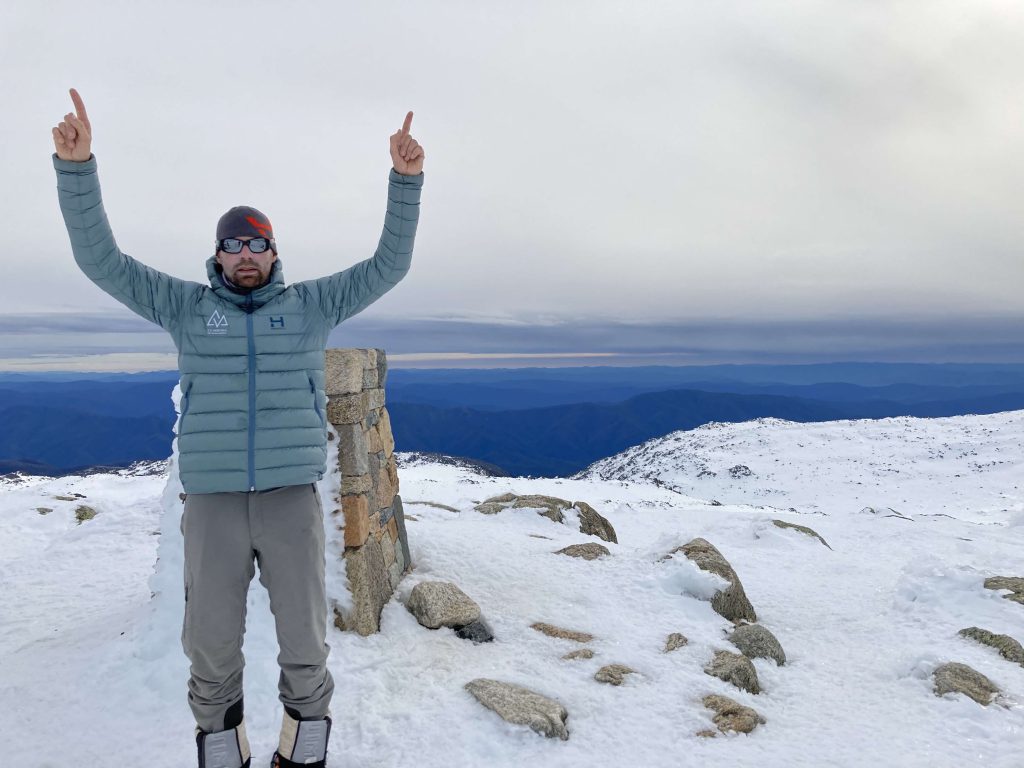
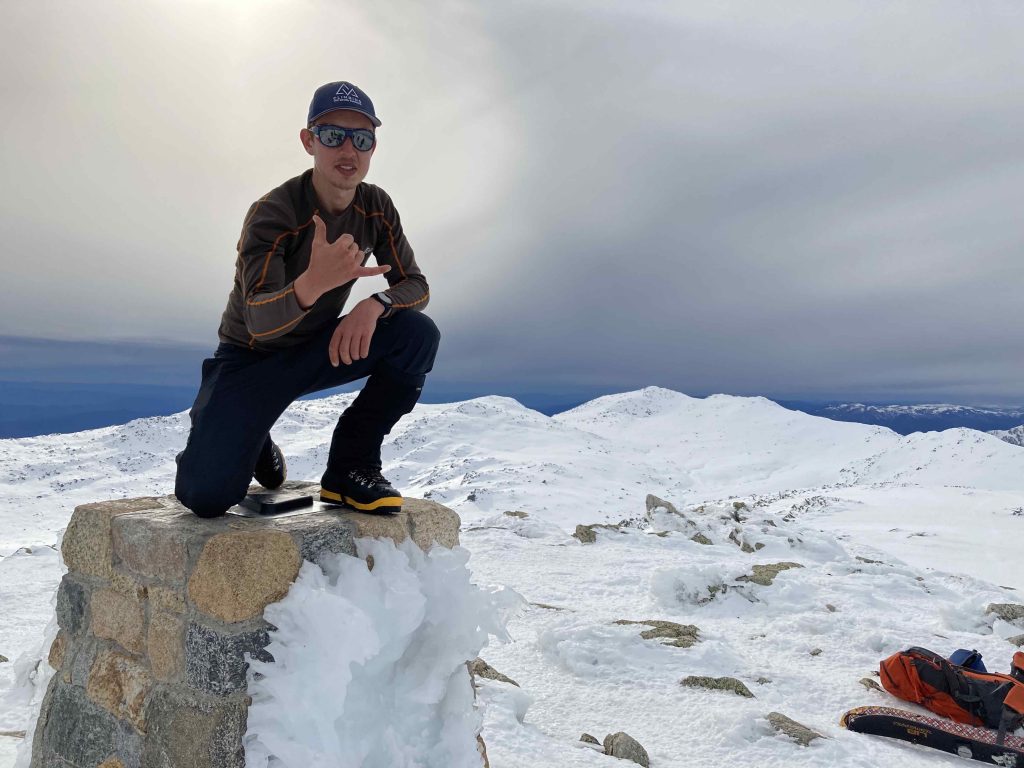
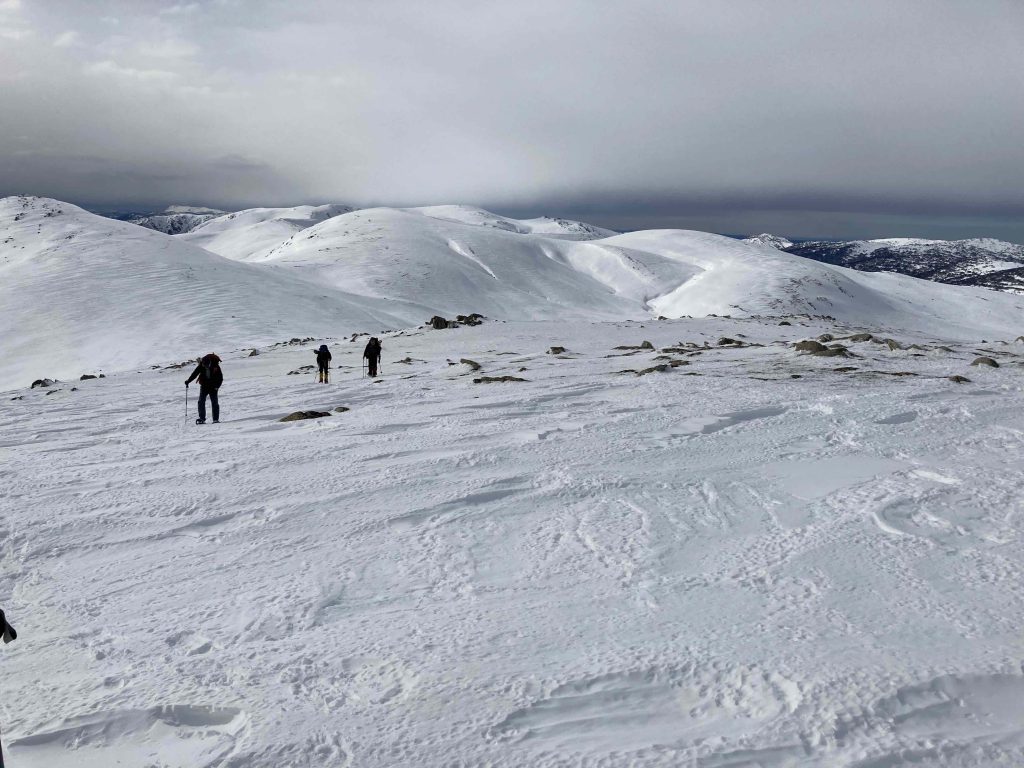
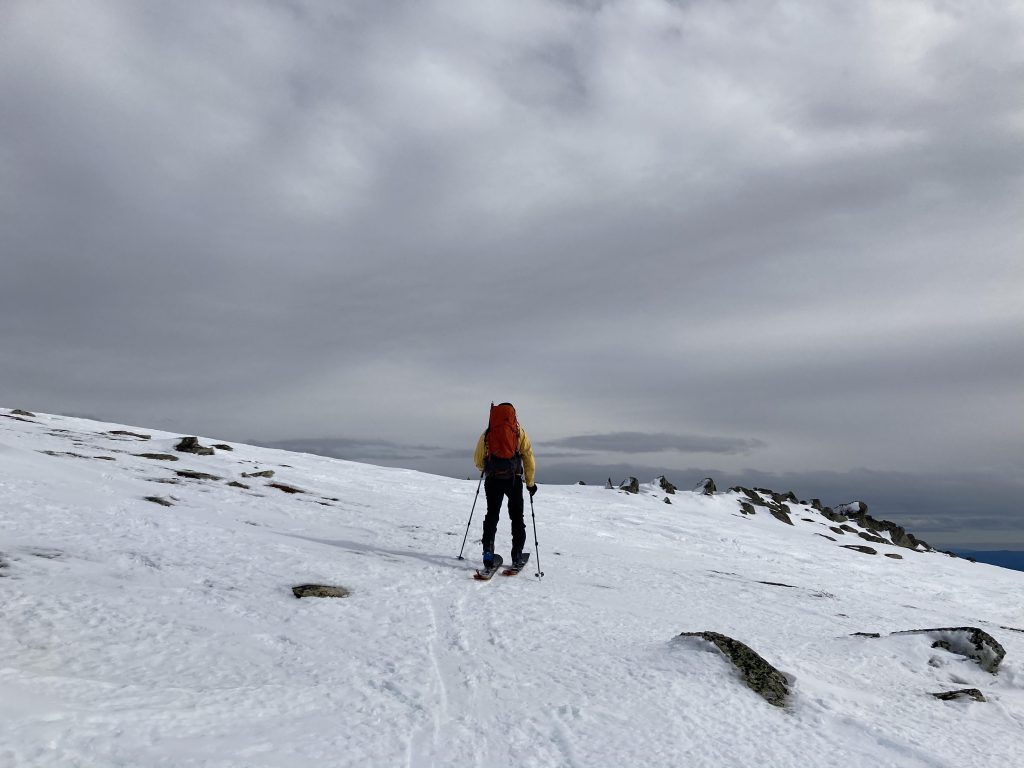
...Off to the Top of Aus...
Our Aussie Alpine x Kozi Combo climbing team are having a fantastic time in the backcountry.
Yesterday they did a full mountaineering snow school. They started by quarrying snow blocks for wind walls around camp, then moved into the skills with cramponing, self arrest training, fixed line ascension and ended with a knots clinic.
Today they are heading for the summit of Australia and if time permits they will do crevasse rescue clinic this afternoon at camp.
Tomorrow, they will break camp and make their way back to Guthega slipping out of the Park hopefully before the worst of this new weather arrives.
Very happy campers up in the hills.
Cheers
CTSS Team

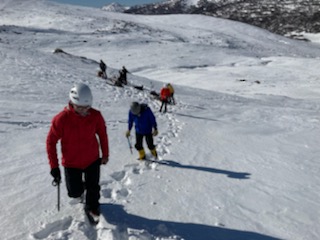

Single Rooming Teahouse Upgrade
Single rooming option
$1,250 USD
We are happy to organize single rooming accommodations and a tea house upgrade for you throughout the expedition. If you snore or are easily awakened by others that do snore, this might be a great option. We feel that having a single room helps climbers stay healthy and adds a bit of comfort and personal space that can go a long way on a two-month expedition such as this. If you would like a single rooming option please let us know. Please note that tent accommodations at Lobuche high camp and above Everest base camp are double-occupancy.
We stay at some of the nicest teahouses in the Khumbu valley throughout our trek to keep you healthy and to provide you with comfort. Many teahouses offer room upgrades which may include an en suite bathroom with hot shower and more space, whereas our normal rooms generally have a shared bathroom and shower for an added fee. Please note, the single room option and tea house upgrade already comes with the “Everest Executive” option if you have chosen that add-on.
Helicopter Options
Many of our climbers say that one of the best experiences of their entire expedition is taking a helicopter flight back down the Khumbu Valley and getting an aerial view of the trek, the peaks they’ve been climbing and the mighty Himalayan range. It is, without doubt, one of the most scenic, adventurous mountain flights in the world.
Further, while people initially think they will want to undertake the 3 day, 40 mile trek back down the valley, we’ve found that after two long months on the mountain, the draw of civilisation, getting back to family and friends & enjoying that well-deserved beer can be irresistible.
We also have climbers who wish to drop down to lower altitudes part way through the expedition to supercharge their rest and recovery between rotations.
We have a number of options available for you:
One Way Helicopter from Base Camp to Lukla*
$3,300 USD
A helicopter from Everest base camp to Lukla avoids the three day, 40 mile walk back down the valley. From Lukla you will catch a regularly scheduled fixed-wing plane back to Kathmandu either that day or the following.
*or Lukla back to Base Camp mid expedition
One Way Helicopter from Base Camp to Kathmandu*
$6,500 USD
For those that aren’t as price sensitive and who want to get back to Kathmandu and homeward bound as quickly as possible at the end of the expedition, we can arrange a helicopter for you directly from Everest Base Camp to Kathmandu.
*or Kathmandu back to Base Camp mid expedition
One Way Helicopter from Kathmandu to Lukla*
$4,250 USD
If the fixed plane schedule does not suit you or the notorious weather in Lukla permits helicopter flights but not fixed-wing departures, you may elect to take a helicopter from Lukla airport back to Kathmandu or vice versa.
IPlease note: If you would like to include a helicopter option in your expedition please let us know BEFORE your trip so we can pre-book your flight in advance and include this in your trip total. If you decide to add a helicopter flight during your expedition we cannot guarantee availability. Further arranging services from the mountain or at short notice attracts an additional service fee of $1000. All helicopter flights need to be paid in advance with no exceptions.
These options do not include Medical, Evacuation and Rescue helicopters which will be organized in liaison with your trip insurer in the event of an emergency – this is another reason why good coverage in your policy is essential.


